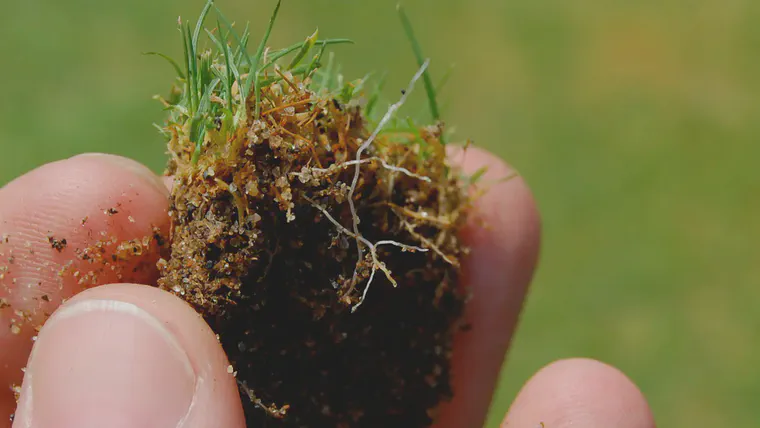Do you have an idea why they recommend so much K?
When I make nutrient recommendations, I recommend a quantity of each element that ensures the grass can get all of that nutrient that the grass can use. I also make the recommendation with a thought about the soil. Specifically, I make sure that when the grass does use that element, the concentration of that element in the soil remains at a safe level.

A correspondent wrote to me recently asking about recommendations for a lot more of an element than I would recommend. This was specifically for potassium (K).
I’m not going to disclose the location or the soil test results, but given the grass type and the way it is managed and the soil test K, I would have made a recommendation for 4 g K/m2 (0.8 lbs K/1000 ft2) in 2024. I’m confident that this K rate would supply the grass with all the K it could use this year.
The recommendation that my correspondent asked about was for 40 g, or 8 lbs, of K for this year. “Why,” he asked, “do golf consultants recommend so much more K than you do?”
In this case it’s ten times more K. 1000% more. Same soil test result, same grass, and I would recommend 4 g of K per square meter and the recommendation that the superintendent actually got was 40 g of K per square meter.
Why? I really don’t know. I responded with this.
I think the people making those recommendations fail to understand that the K they are recommending is more than the grass can use.
I don’t know why they make those recommendations. I would not recommend that much K.